| L ighters seem, on the surface, to be a little more advanced than your standard pack of matches. But lighters were actually invented before matches as we know them today. Until the early 19th century, "matches" were flammable sticks made to carry fire from one place to another, not make fire on their own. Early self-igniting matches were too dangerous to be practical. The earliest, invented in 1805, involved dipping potassium chlorate into sulphuric acid. Another, created in 1816, was a sulfur-tipped match scraped inside a phosphorus-coated tube. |
|
| Some of the earliest lighters, meanwhile, date back to the 17th century and were modified versions of flintlock pistols, but instead of igniting gunpowder (and launching a bullet), they ignited tinder. In the 18th century, Italian chemist Alessandro Volta created an "inflammable air" (hydrogen) lighter that used water to force hydrogen past a striker, where it was lit by a spark. But Volta's lighters required scientific knowledge to use. The Döbereiner's lamp (also called a "tinderbox"), a table lighter invented in Germany in 1823, also used hydrogen gas, but could be used easily by anyone. More than 20,000 of these more practical lighters were sold that decade. Lighters, of course, continued to advance from there: Zippo lighters emerged in the mid-1930s, and Bic disposable lighters hit the market in 1973. |
| The first friction matches, which were tipped in potassium chlorate-antimony sulfide paste and ignited with sandpaper, were invented in 1826. Phosphorus gained popularity in the 1830s, as did the widespread use of white phosphorus, a deadly chemical that led to the death and disfigurement of many match factory workers. Phosphorus sesquisulfide, a less toxic alternative, emerged at the turn of the 20th century, and it's still in the classic Diamond Strike Anywhere matches we use today. |

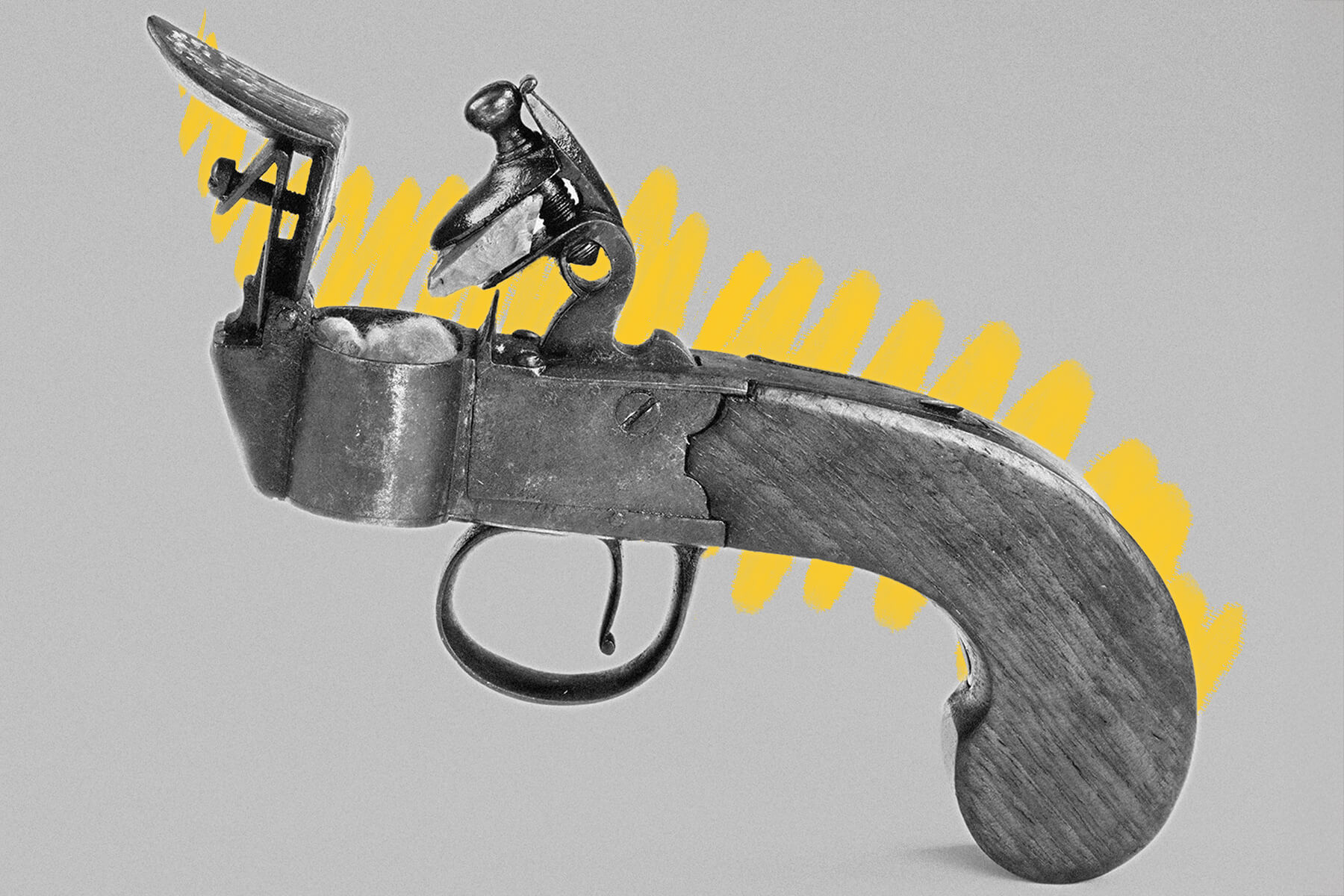

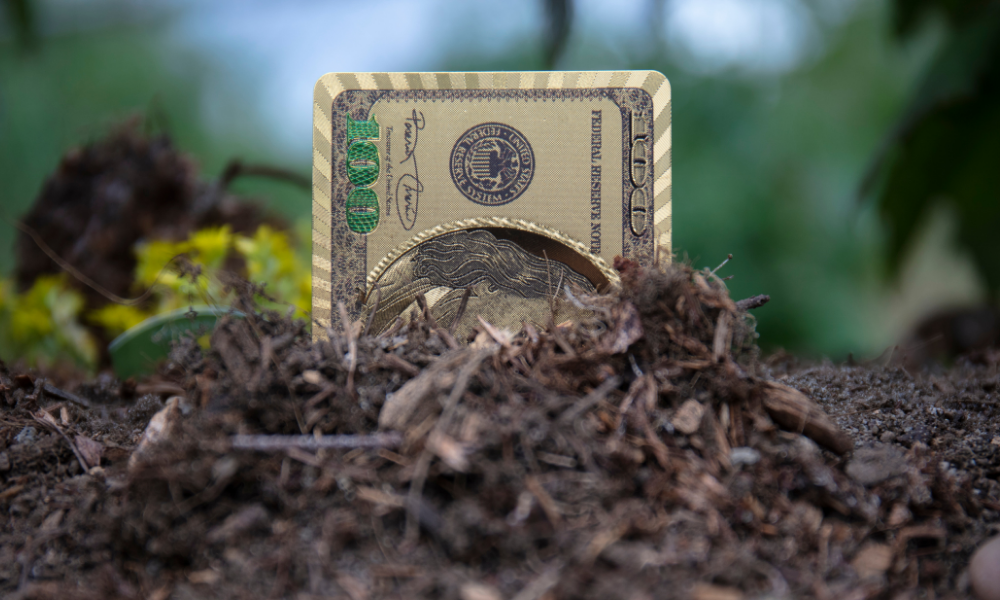



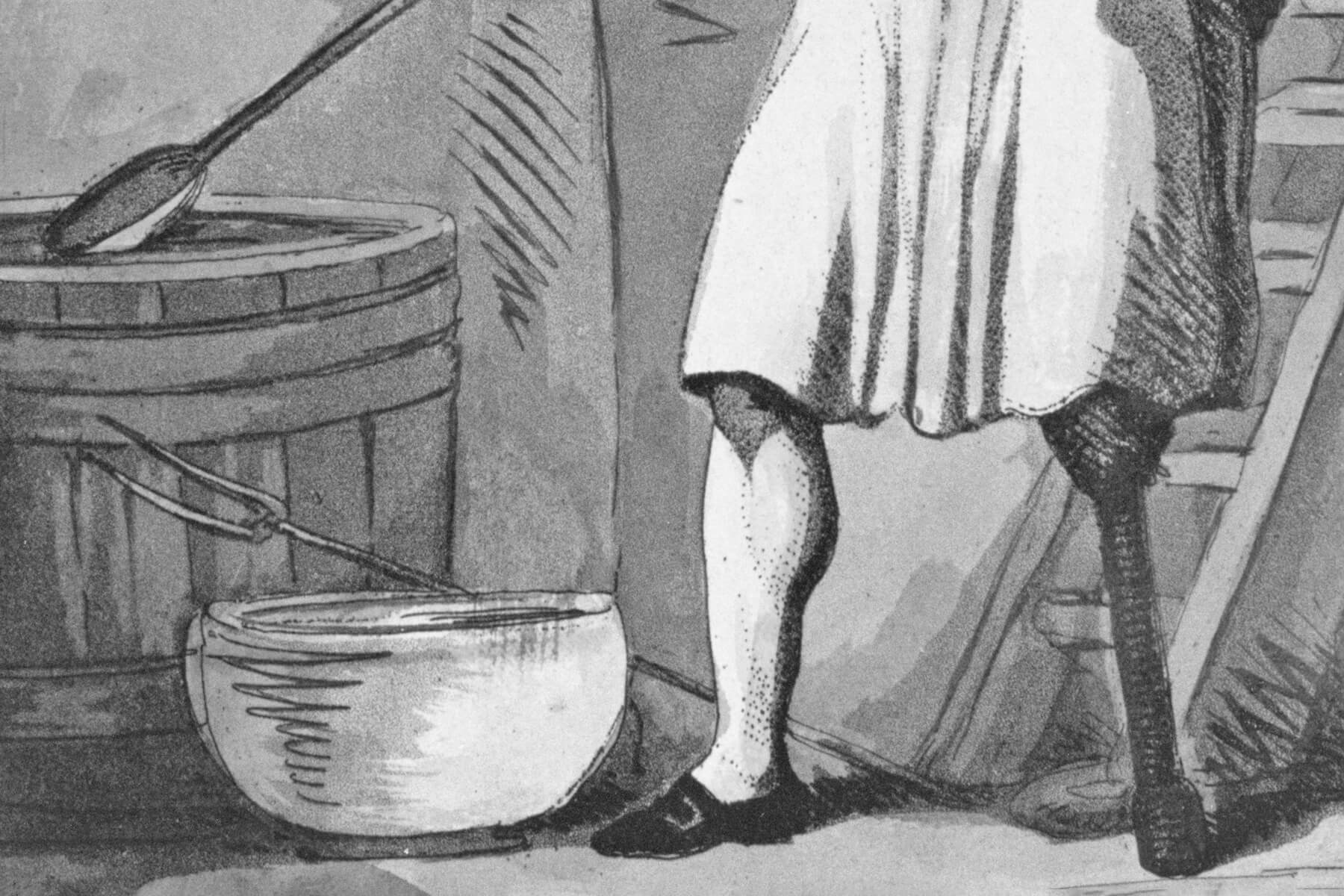
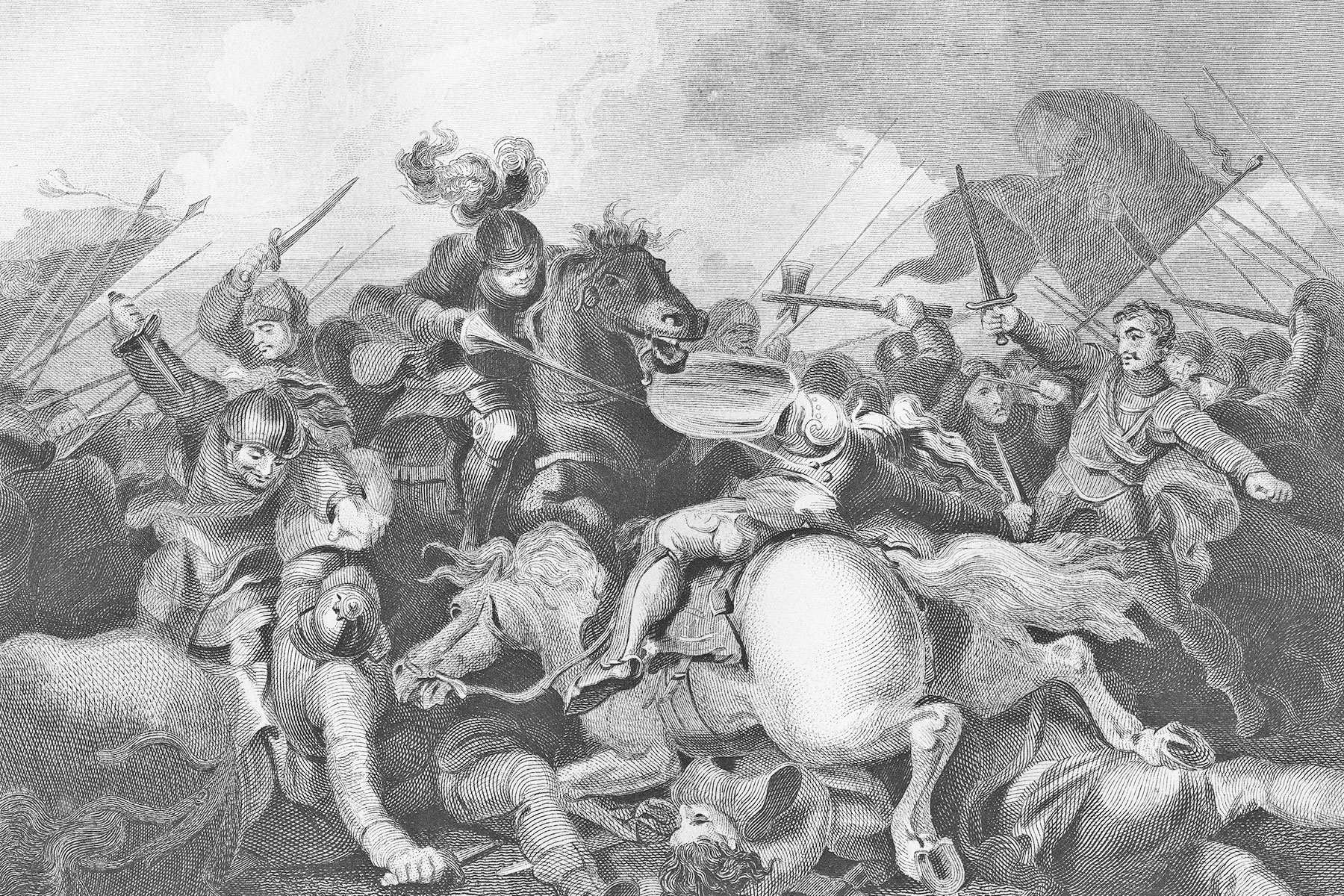


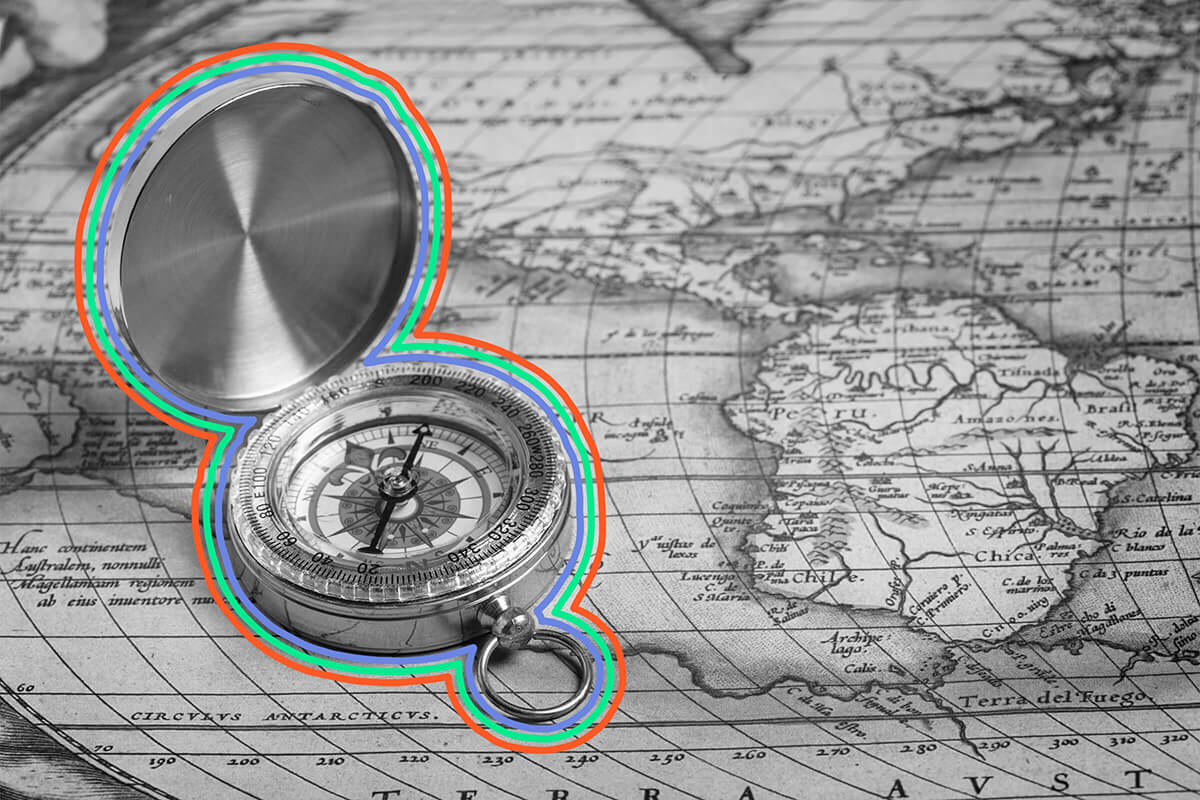




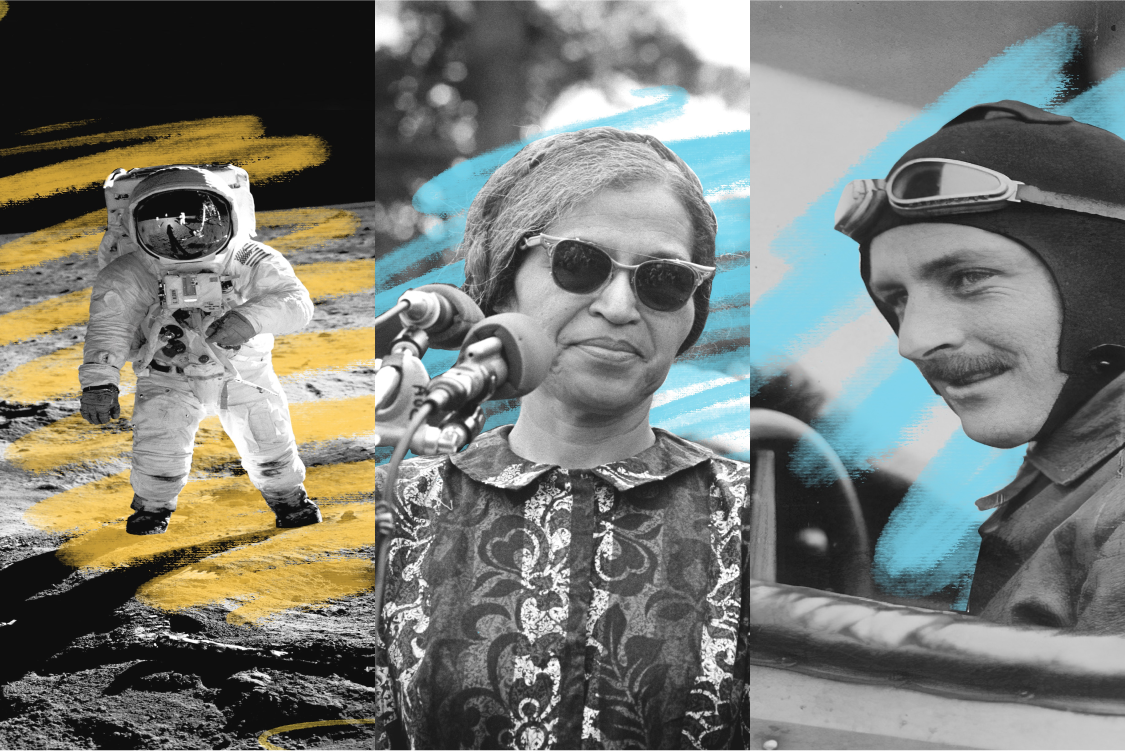
No comments:
Post a Comment